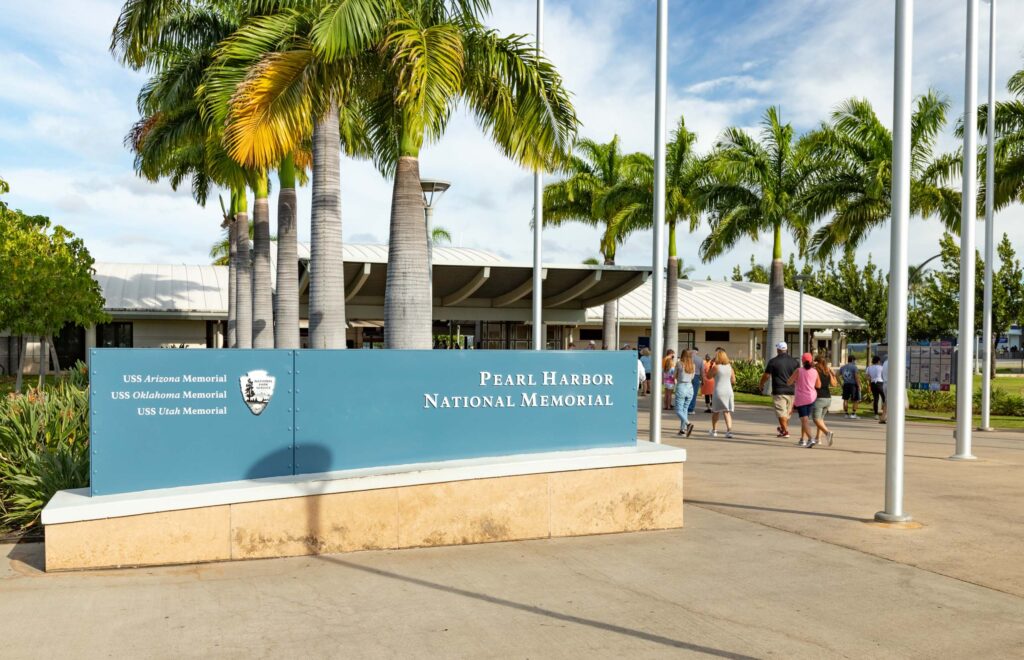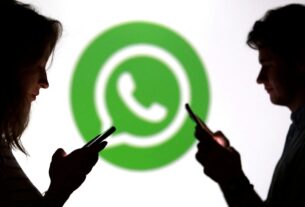As political tensions reach a boiling point in Washington, the consequences are now being felt far beyond Capitol Hill. On the first day of the U.S. federal government shutdown, a cascade of closures swept across the nation — shuttering some of America’s most cherished tourist landmarks, from the Liberty Bell in Pennsylvania to Pearl Harbor in Hawaii.
This isn’t just a headline — it’s a deeply human moment. Families who planned dream vacations. Veterans hoping to visit solemn memorials. Students on educational trips. All faced locked gates and empty courtyards. These closures have turned what should have been moments of inspiration and unity into scenes of frustration and disappointment.
A Nation Held Hostage by Political Deadlock
Instead of working toward a resolution, Republicans and Democrats remain locked in an escalating blame game. In a display that many see as performative rather than productive, the Trump administration accused Democrats of caring more about undocumented immigrants than American taxpayers. Democrats fired back, stating their goal is to protect health care subsidies that keep insurance affordable for working-class families.
Vice President JD Vance, flanked by members of the administration, doubled down by playing a controversial meme targeting Democratic leader Hakeem Jeffries — who returned fire with his own sarcastic video, turning the political arena into what many described as a digital circus.
Meanwhile, Senate Majority Leader Chuck Schumer accused the Trump camp of turning everyday Americans into political pawns and “refusing to negotiate in good faith.”
Real Lives, Real Impact
While politicians duel in press briefings and on social media, the economic ripple effect is becoming painfully real. More than 750,000 federal employees are expected to be furloughed, with some facing the grim possibility of permanent layoffs. Essential services — from education and food programs to environmental protections and public safety — are now hanging by a thread.
An ADP employment report released today paints a sobering picture, showing a 32,000-job loss in the private sector, hinting at deeper instability ahead. On top of that, the White House has begun freezing funding for massive infrastructure and green energy projects — including nearly $18 billion for New York transit systems and another $8 billion spread across 16 states.
A Shutdown More Severe Than the Last
While the 2018–2019 shutdown over border wall funding was damaging, this one is far more extensive. Back then, partial funding kept many public services running. Today, the shutdown is total in key areas — with polling showing Americans increasingly split over who is truly to blame.
For people like Jim Feather of Elizabethtown, Pennsylvania, who was visiting Acadia National Park with his wife, the message is simple: “It’s frustrating that they’re playing politics in D.C. Their job is to pass a budget. If they’re not doing that, what are they even doing down there?”
When Policy Hits Home
At the heart of this crisis is a simple truth: behind every statistic is a family, a dream, a plan put on hold. When iconic landmarks are closed, it sends a loud message — not just about governance, but about priorities.
This isn’t just about locked gates. It’s about people. It’s about trust. And it’s about the dangerous cost of political posturing when real lives are on the line.
Let’s hope that amidst all the noise, leaders remember what really matters — the people they were elected to serve.




